Botero Museum Bogotá Colombia: Free Entry to One of the City’s Top Attractions
- Mark Vogel

- Sep 24
- 7 min read
Updated: Oct 1
Bogotá, Colombia ✈
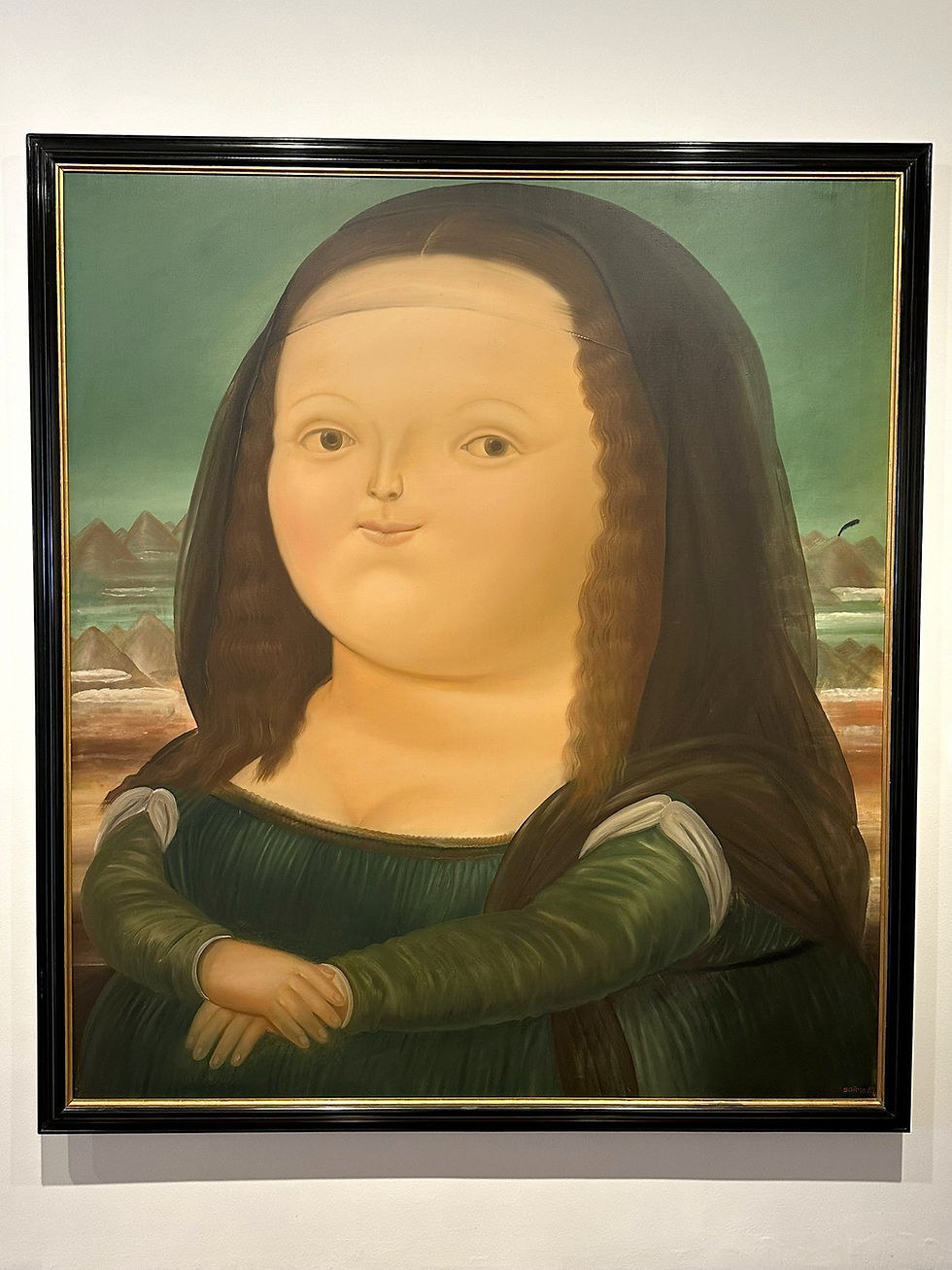
The Botero Museum in Bogotá, Colombia is one of the most visited cultural sites in the capital. Located in the historic La Candelaria district, the museum occupies a restored colonial mansion at Calle 11 # 4-41. Its central location makes it easily accessible on foot for those exploring the surrounding area, which is also home to other important museums, libraries, and government buildings.
Who Fernando Botero Was
Fernando Botero was born in Medellín in 1932 and became one of Colombia’s most internationally recognized artists. His style is instantly recognizable: he is known for painting and sculpting figures and objects with exaggerated proportions. These inflated forms, often referred to as “Boterismo,” convey humor, critique, and social commentary. While his work has sometimes been misunderstood as simply portraying overweight figures, Botero himself explained that the expansion of volume is his way of exploring form, space, and balance. Over the decades, Botero established himself not only as a painter but also as a sculptor, with monumental bronze works displayed in cities around the world.

“Through Botero’s generous donation, the museum has become a permanent home for his paintings and sculptures as well as for works by some of the most influential artists of the twentieth century.”
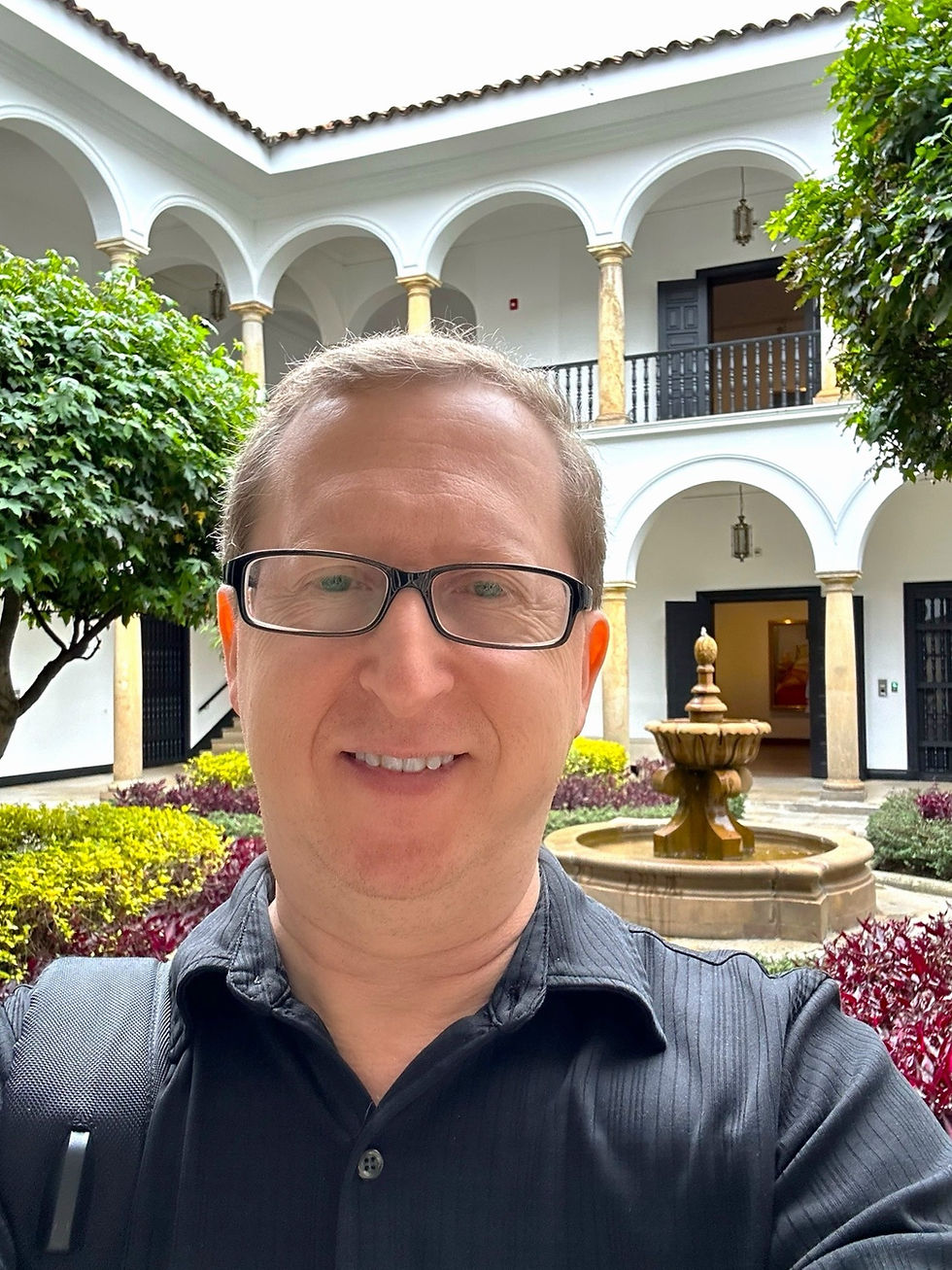
The History of the Museum
The Botero Museum opened in 2000 after Botero donated more than 200 pieces to Colombia. His gift included 123 of his own works and 85 pieces by other renowned international artists. The collection was given with the condition that entry to the museum always remain free. This gesture reflects Botero’s belief that art should be accessible to the public, not only to those who can afford private collections or expensive tickets. The museum is part of the Banco de la República’s cultural network, which oversees several of Bogotá’s most important museums.
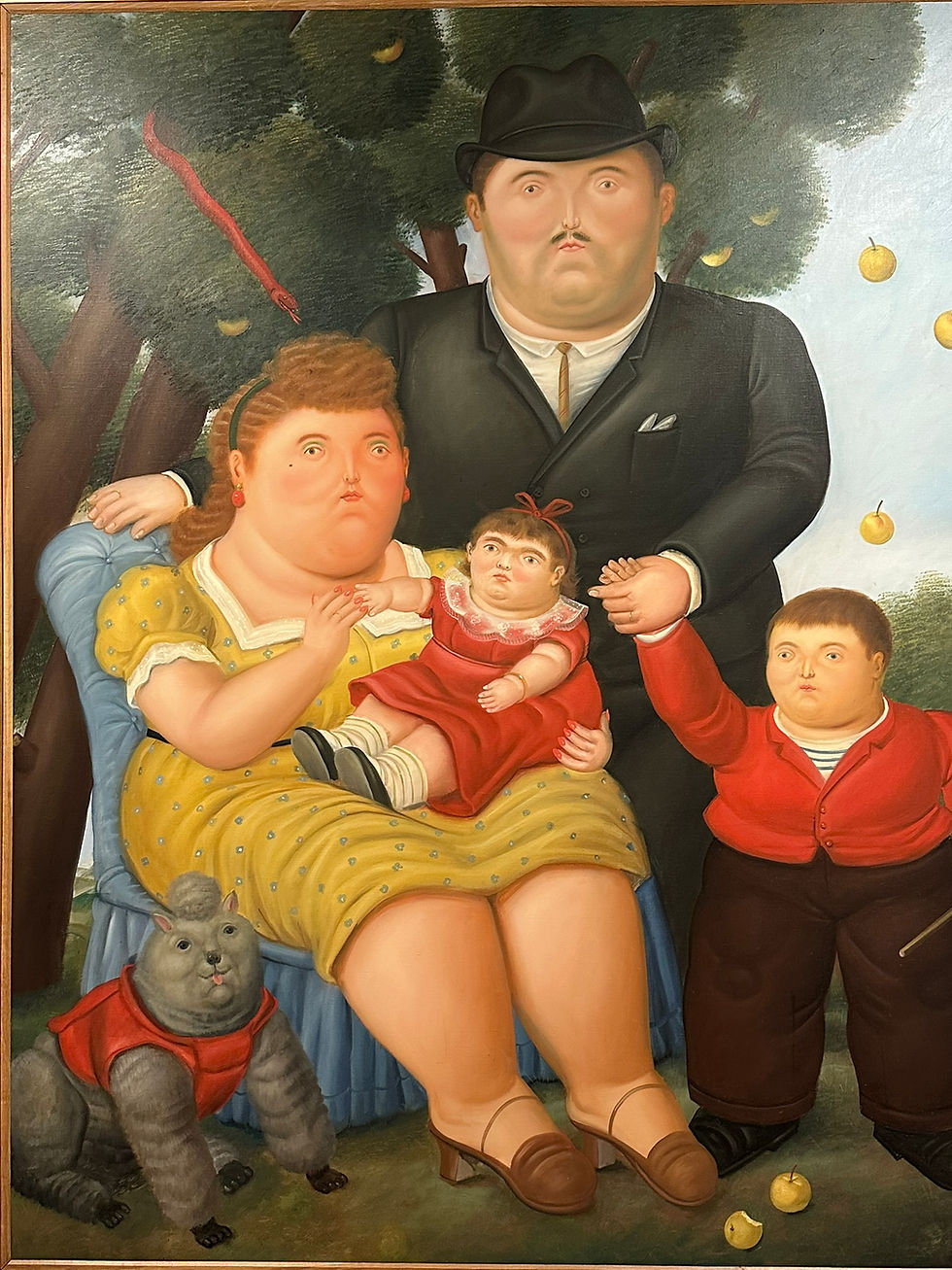
The building itself is significant. The colonial mansion that houses the museum was carefully restored to provide a fitting home for the collection. Its whitewashed walls, arches, tiled roof, and wooden balconies reflect Bogotá’s Spanish colonial architectural heritage, offering a setting that contrasts with the bold and modern spirit of the works inside.
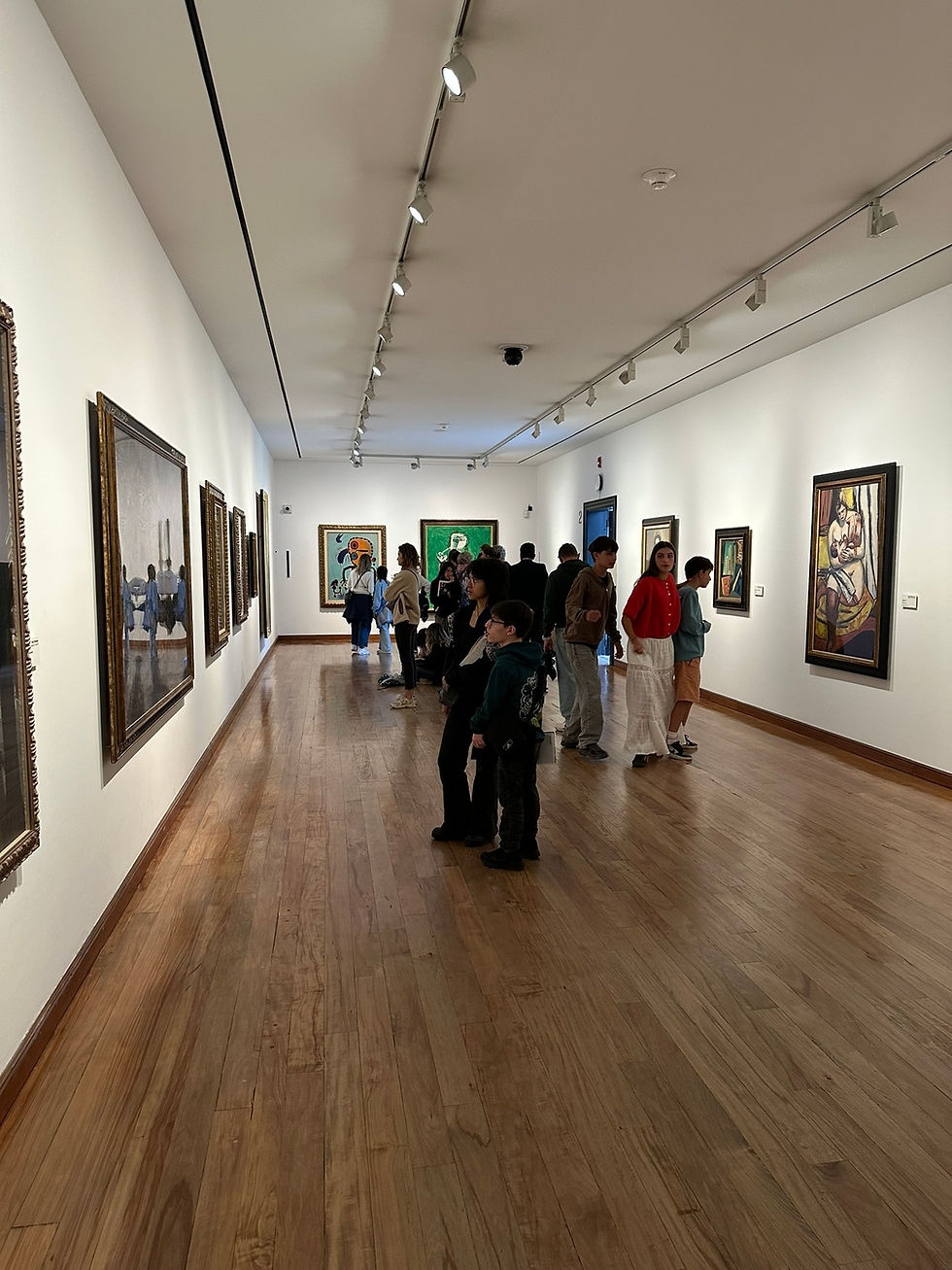
Exploring the Collection
Visitors to the Botero Museum encounter both Botero’s signature paintings and sculptures as well as works by artists such as Picasso, Dalí, Chagall, De Kooning, and Monet. Botero’s donation created one of the most comprehensive free collections in Latin America, combining Colombian art with a global perspective. The range of the collection makes the museum more than just a single-artist gallery. It is a place where visitors can understand how Botero’s work dialogues with other major figures of modern and contemporary art.
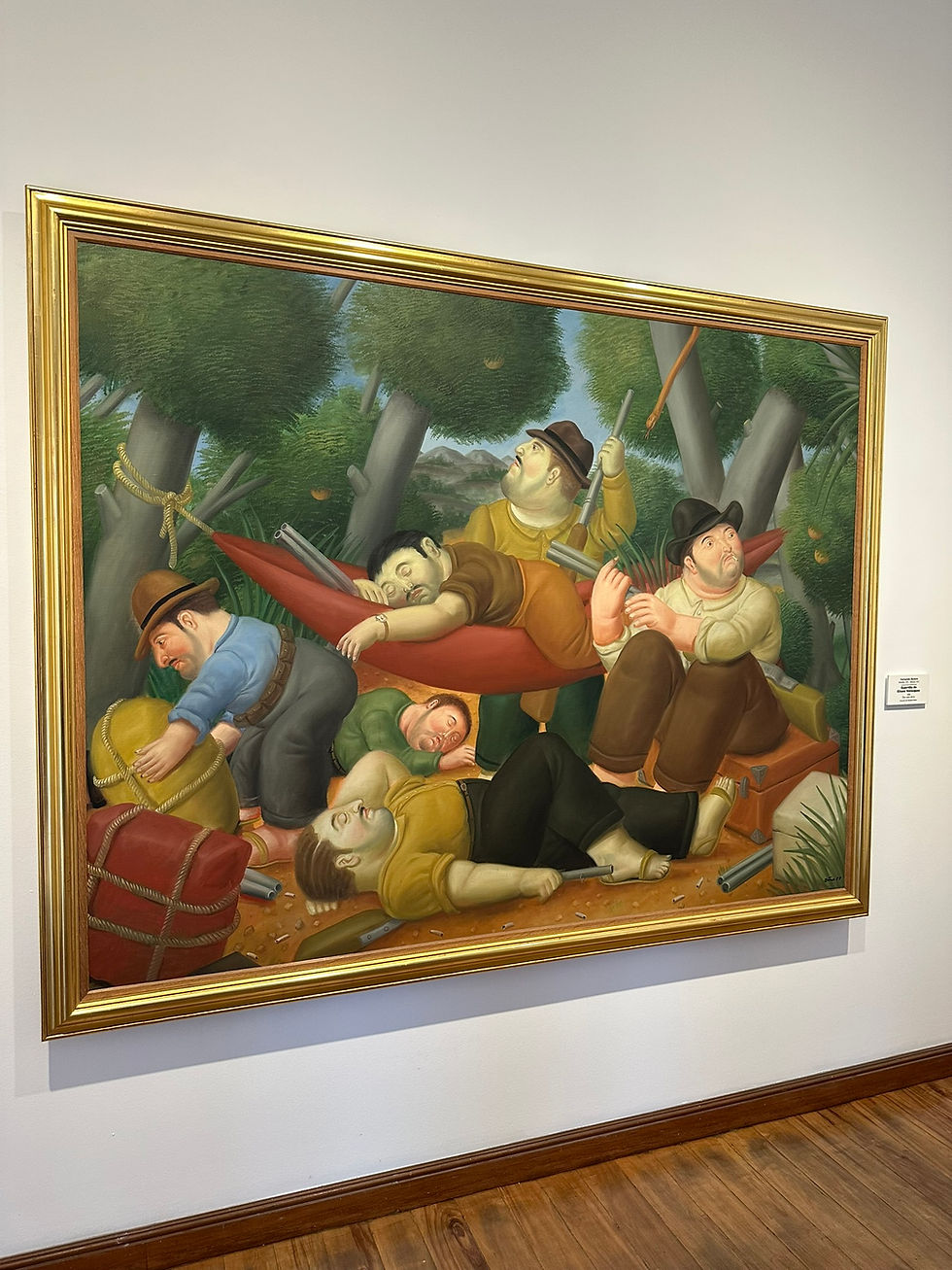
The paintings include portraits, still lifes, reinterpretations of famous works like the Mona Lisa, and scenes that reflect Colombian life. His sculptures, arranged in dedicated galleries, showcase the same approach to expanded forms, whether representing animals, nudes, or musicians. Alongside these are the international works that demonstrate Botero’s own influences and admiration for the broader art world.
When I visited, a local school group was touring the galleries. Students sat on the floor as a guide explained Botero’s style and its meaning. Their presence added to the atmosphere of the museum, showing how the institution continues to serve as a learning space for younger generations. The museum is not only a tourist attraction but also an educational site deeply integrated into Bogotá’s cultural life.
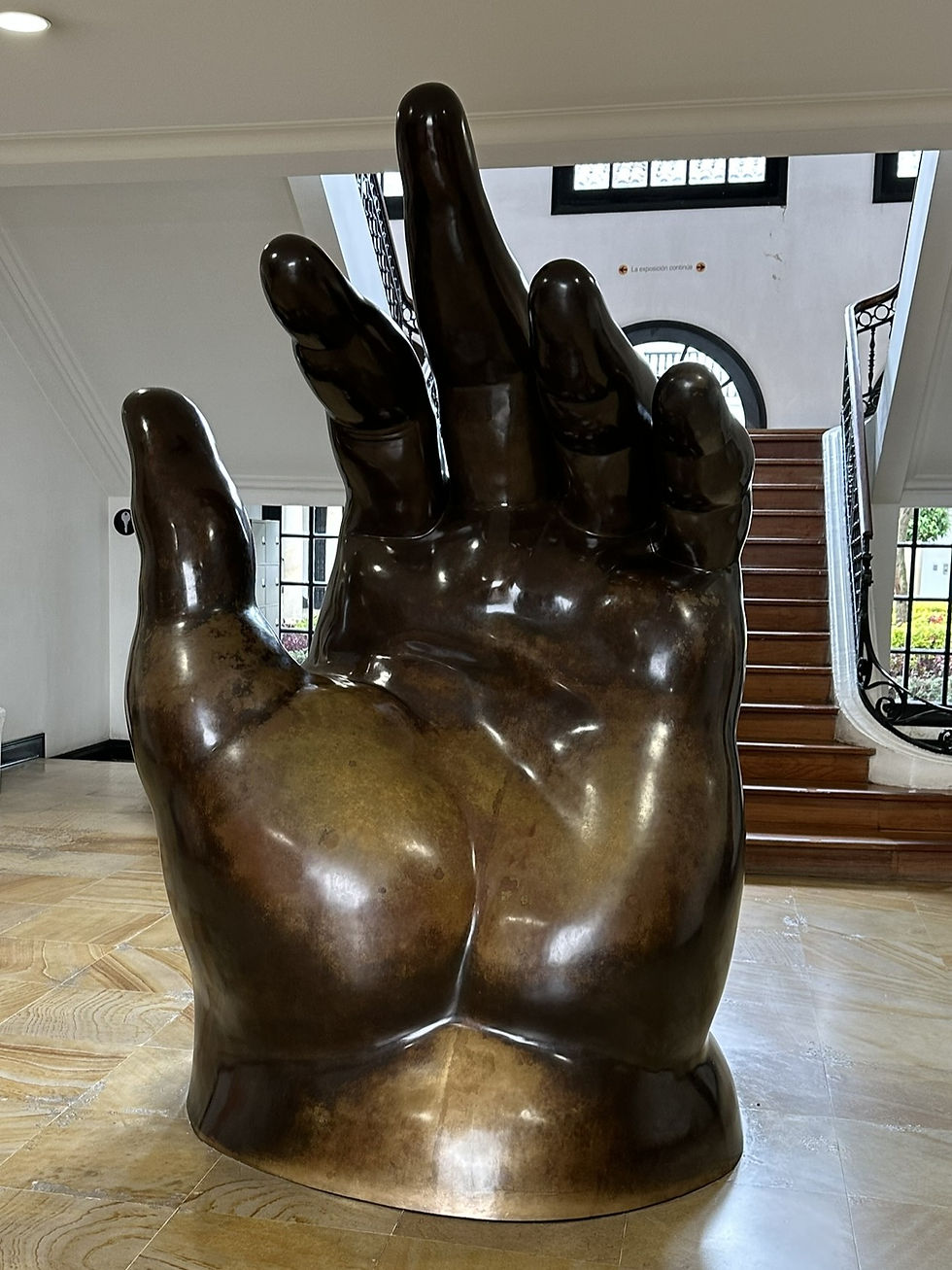
The Courtyards
One of the highlights of the museum is its pair of colonial courtyards. These open-air spaces are surrounded by arched corridors and balconies. They include neatly arranged gardens with manicured shrubs, colorful plants, and stone fountains at the center. The courtyards provide natural light and ventilation to the galleries and serve as quiet places for visitors to pause between rooms. From the upper floors, one can see the tiled rooftops and, in the distance, the green slopes of Monserrate, the mountain that overlooks Bogotá. The courtyards are a reminder of the city’s colonial past and create a calm environment that contrasts with the visual intensity of the artworks.
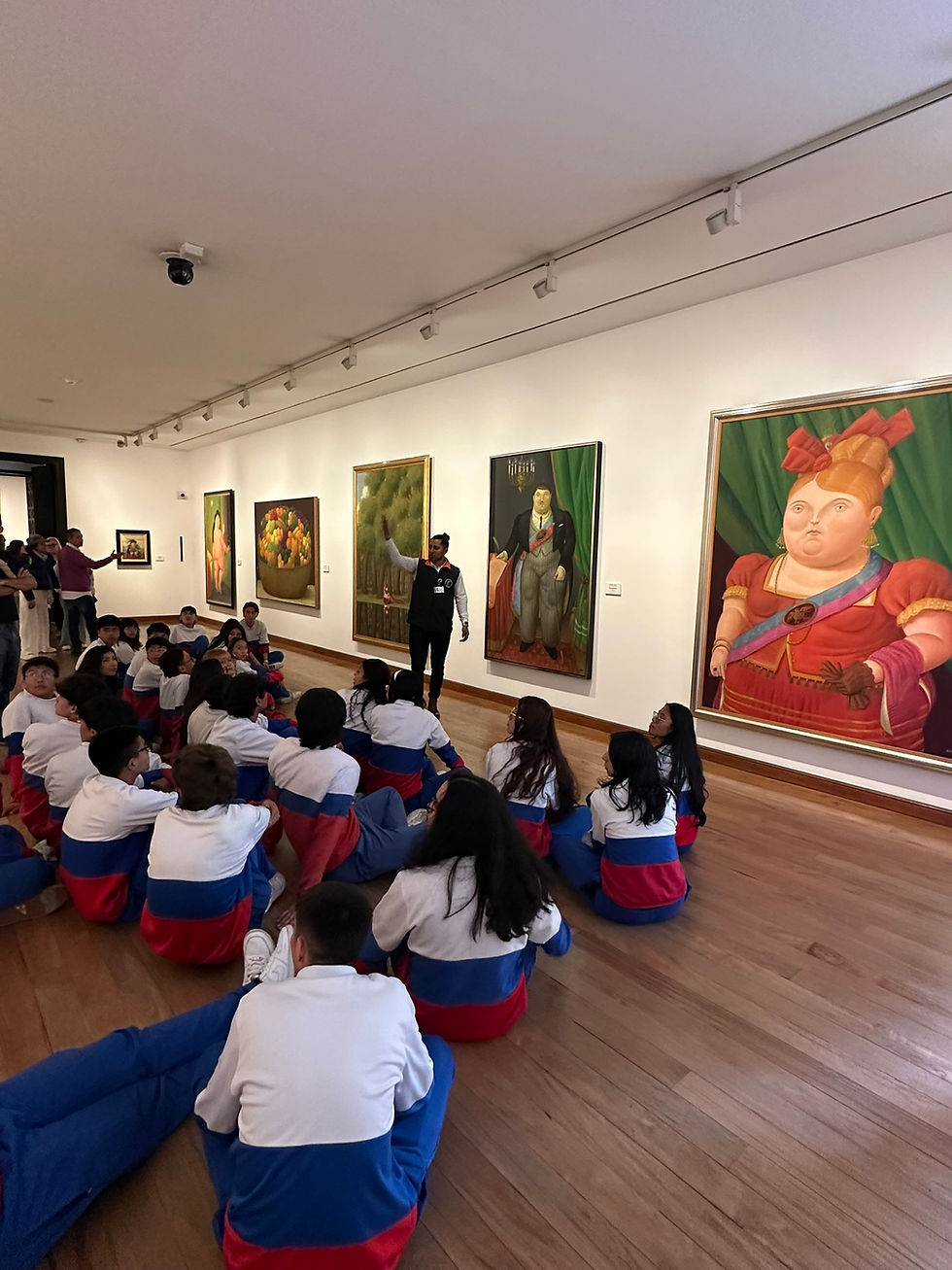
Highlights from the Collection
The museum displays some of Botero’s most recognizable works. Among them are large portraits of political figures and allegorical characters, still lifes with exaggerated fruits, and monumental animals. His reinterpretation of the Mona Lisa, with the familiar subject transformed into his signature style, is a favorite among visitors. Another striking work shows a painter at his easel, captured from behind a model, where the play of perspective and volume creates humor and irony. Sculptures displayed in dimly lit galleries reveal the weight and presence of bronze forms, some reclining, others standing in classical poses yet rendered with Botero’s unmistakable style.
International works are carefully placed to complement the Botero collection. Pieces by European masters highlight Botero’s dialogue with artistic traditions beyond Colombia. Visitors move fluidly between Botero’s own creations and these external references, giving a fuller picture of modern art history.
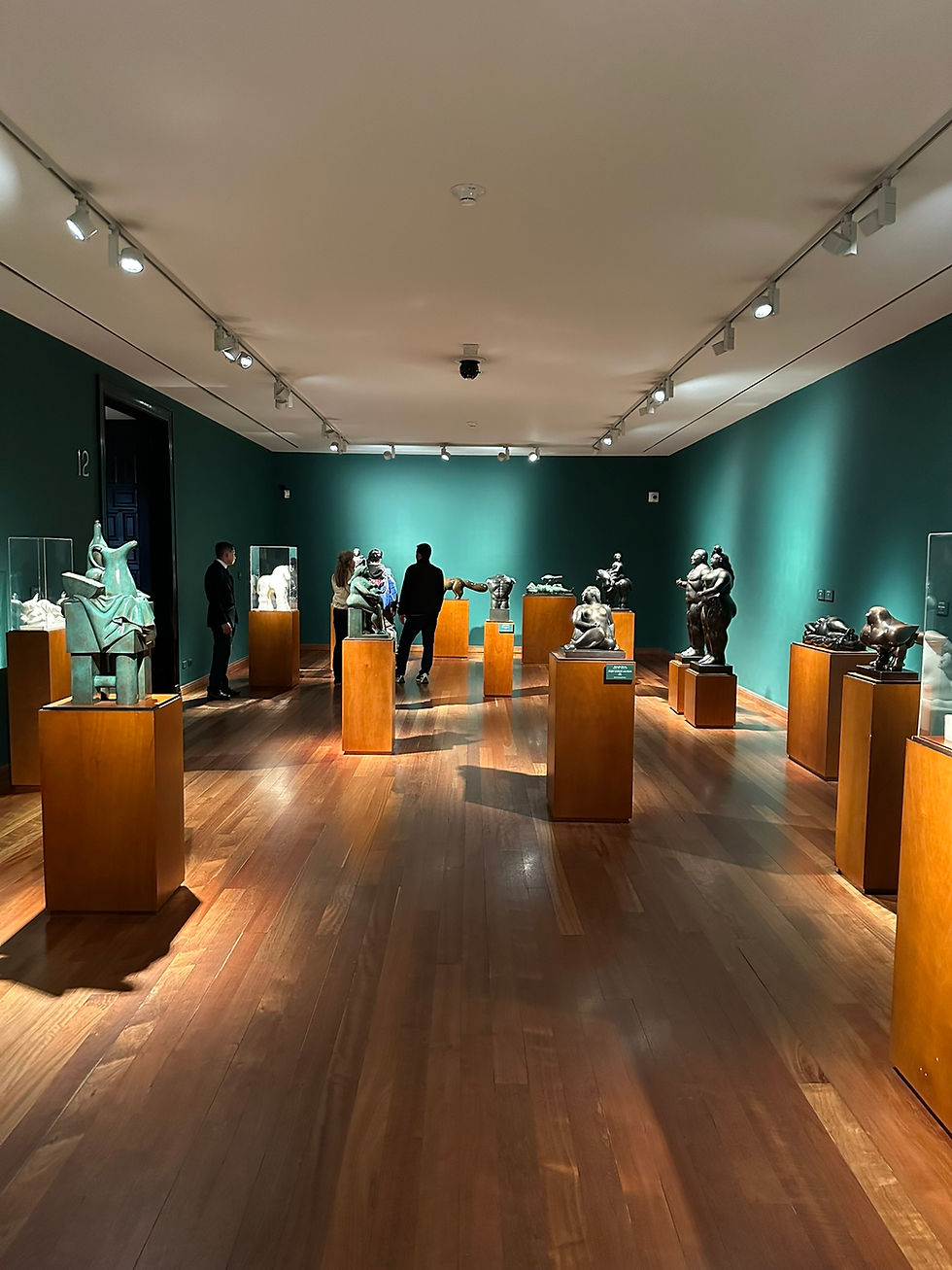
Practical Information for Visitors
The Botero Museum is open daily except Tuesdays, with hours from morning through late afternoon. Admission is free, fulfilling the condition of Botero’s original donation. Guided tours are available, and the museum frequently hosts school groups, as I saw during my visit. For independent travelers, the galleries are clearly marked, and information panels explain each section in Spanish, with some translations in English.
Visitor facilities include a cloakroom where bags can be stored before entering the galleries, restrooms located off the main courtyards, and a small bookstore offering art-related titles and souvenirs. There is no café on-site, but several restaurants and coffee shops are within walking distance in La Candelaria. Security checks at the entrance are standard, and guards monitor the rooms to ensure artworks are respected.
Photography is permitted without flash, which allows travelers to document their visit without disrupting the preservation of the works. This is especially helpful for those who want to capture Botero’s pieces for personal memories or educational purposes.
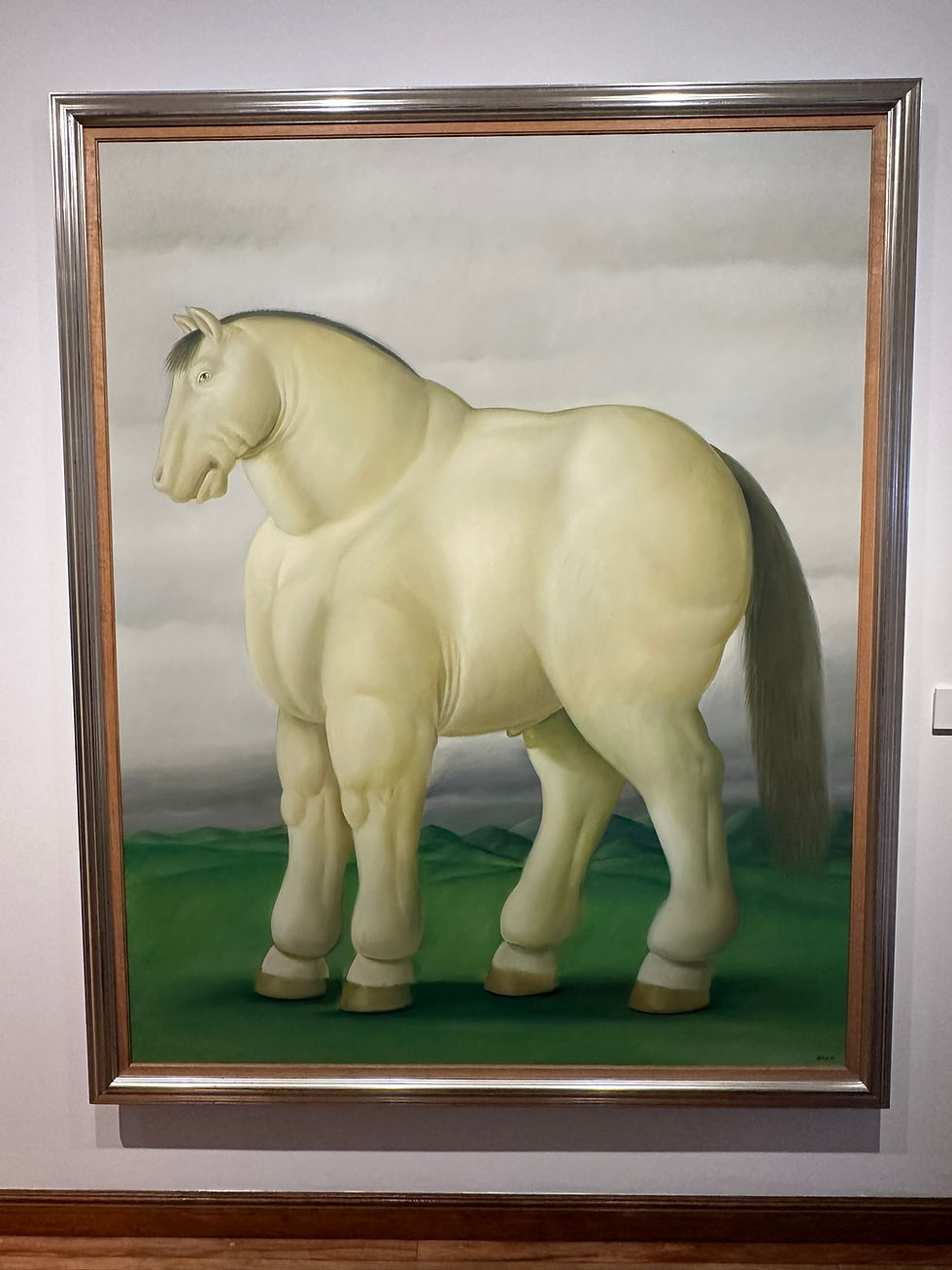
Accessibility and Atmosphere
The museum is arranged across several levels connected by staircases and open balconies. While the colonial structure presents some limitations, there are ramps in certain areas and staff available to assist where possible. The courtyards are flat and easy to navigate, though upper galleries may require climbing stairs. For most visitors, including families and older travelers, the building is manageable with some planning.
The atmosphere inside is quiet, with security staff ensuring that visitors respect the works. The presence of school groups adds an educational dimension, but there are also plenty of opportunities to explore at one’s own pace. The combination of natural light from the courtyards and carefully designed gallery lighting creates an environment that feels both historic and contemporary.

Planning Your Visit
Travelers should allow at least an hour to see the museum quickly, though two to three hours are recommended for those who want to explore in depth. Mornings tend to be quieter, especially before school groups arrive, while afternoons can bring more activity. Because the museum is free, it is easy to combine it with other nearby attractions. The Gold Museum, the Museo de Arte del Banco de la República, and several smaller cultural institutions are within the same neighborhood.
La Candelaria itself deserves mention. It is Bogotá’s historic center, filled with cobblestone streets, colorful colonial houses, and murals that reflect Colombia’s contemporary culture. The area is compact and walkable, though the terrain can be uneven. Visitors should plan to wear comfortable shoes and remain aware of personal belongings, as the neighborhood is busy with both tourists and locals.

Botero Beyond Bogotá
While the Bogotá museum is the most significant collection of Botero’s works in Colombia, his art can be found elsewhere in the country and abroad. Medellín’s Plaza Botero features more than 20 large bronze sculptures, permanently installed in a public square. Internationally, his works are displayed in major cities, including New York, Paris, and Madrid. These pieces reinforce Botero’s global recognition and highlight why the Bogotá museum is such an important anchor point for understanding his career.
Why the Museum Matters
The Botero Museum is one of the most important cultural sites in Colombia because it represents both generosity and national pride. Botero’s donation ensured that Colombians and international visitors alike could engage with world-class art free of charge. The museum bridges Colombia’s colonial heritage, embodied in the building, with the modern artistic identity embodied in Botero’s work. It also connects Bogotá to the global art scene by including pieces from major international figures.
For visitors to Bogotá, the museum offers an accessible and enriching experience that does not require an entrance fee or prior reservation. Whether one is an art expert or a casual traveler, the Botero Museum provides an opportunity to encounter Colombian creativity at its highest level while also situating it in a broader context.
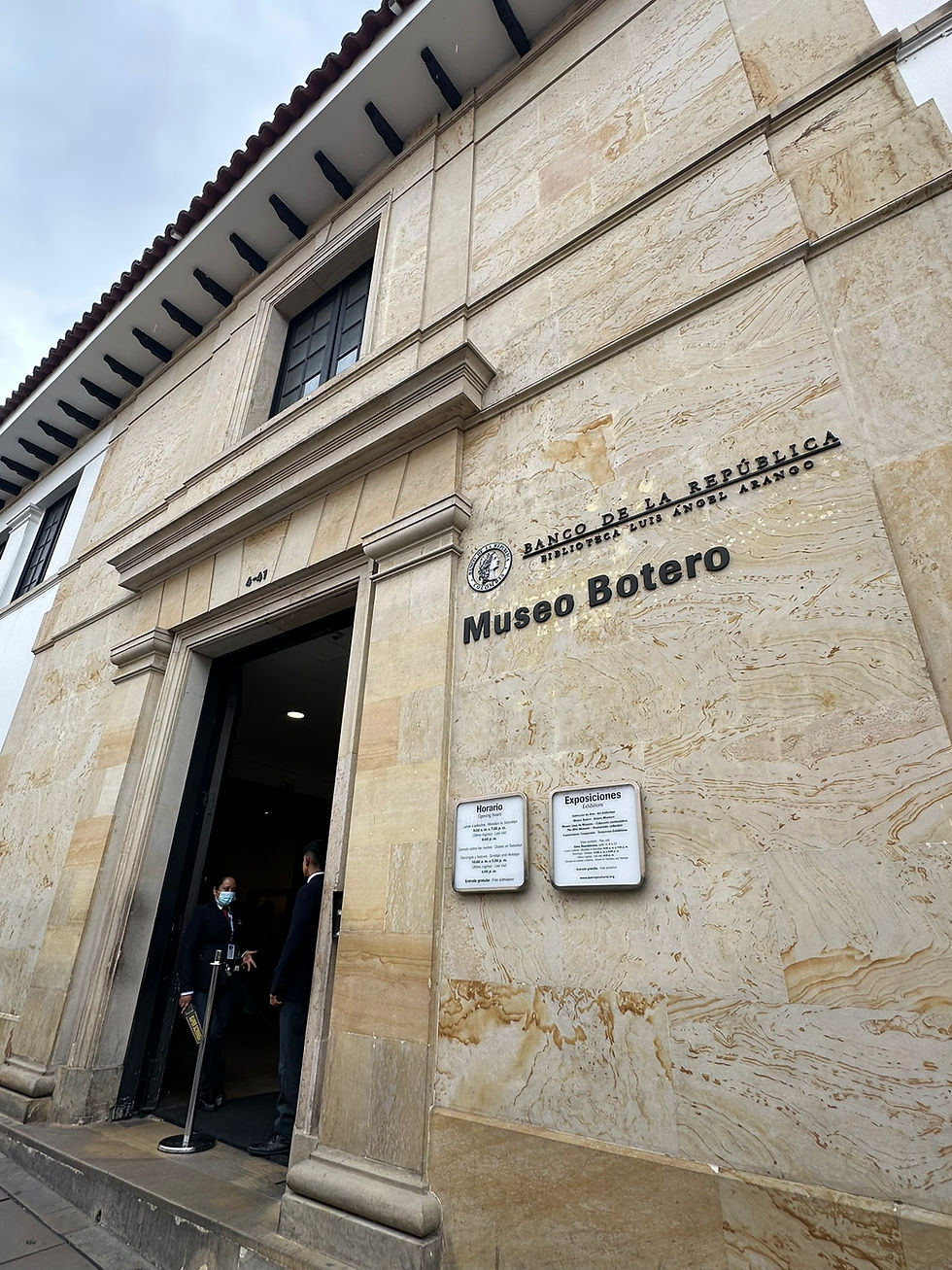
Why You Should Visit the Botero Museum
The Botero Museum in Bogotá, in La Candelaria, is an essential stop for anyone interested in art and culture. Through Botero’s generous donation, the museum has become a permanent home for his paintings and sculptures as well as for works by some of the most influential artists of the twentieth century. The colonial mansion setting, with its courtyards and gardens, adds another dimension to the experience. The presence of students, educators, and international visitors reinforces the museum’s role as both an educational institution and a cultural destination. Accessible, free, and comprehensive, the Botero Museum is one of Bogotá’s most rewarding places to visit.




















Comments